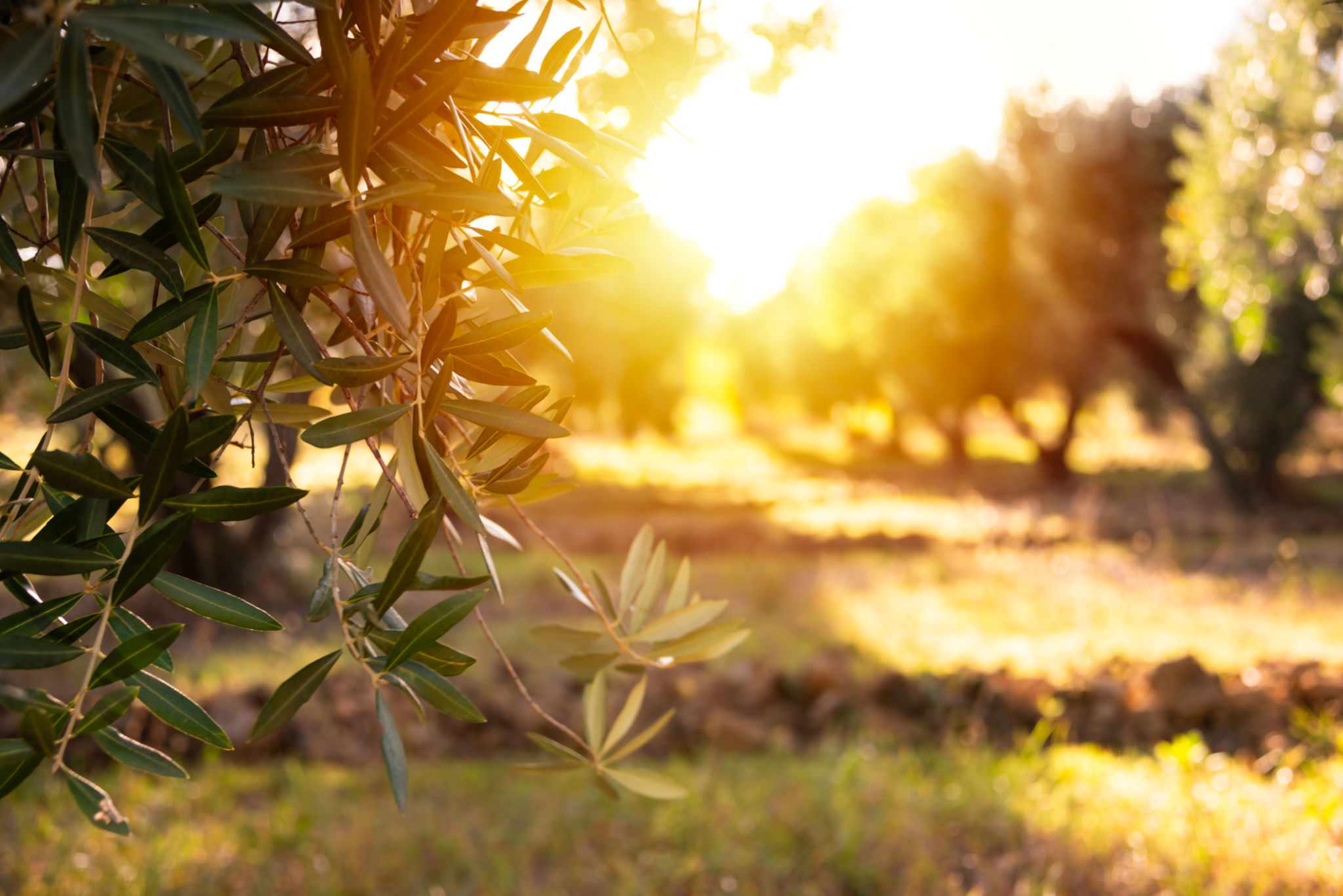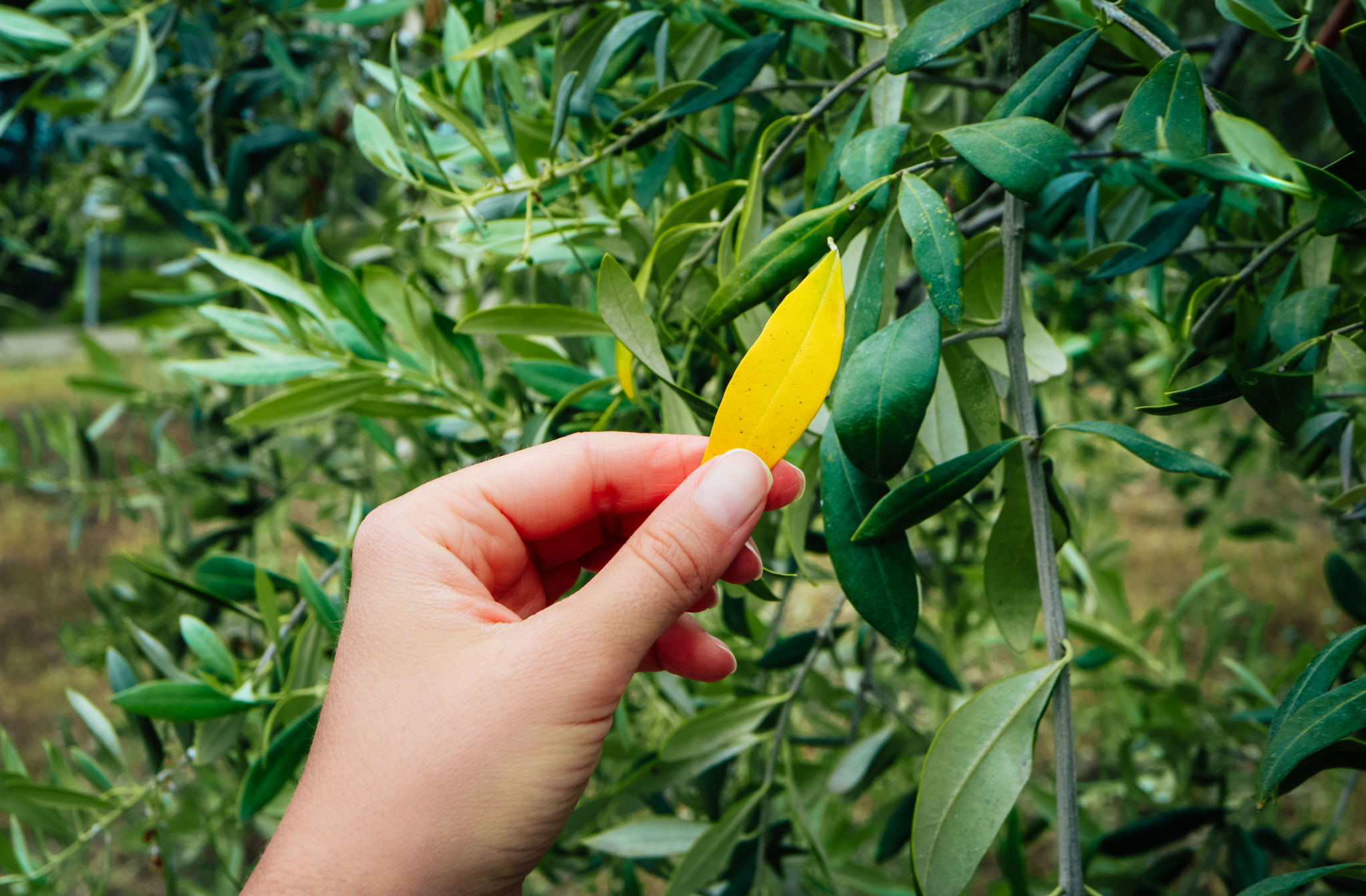How to Start Your Own Home Olive Grove: A Step-by-Step Guide
Introduction to Home Olive Groves
Starting your own home olive grove can be a rewarding venture, offering both aesthetic beauty and a bounty of delicious olives. Whether you're aiming to produce your own olive oil or simply enjoy the lush greenery, growing olive trees at home is a delightful project. This guide will walk you through the essential steps to establish your own olive grove.

Choosing the Right Olive Tree Varieties
When selecting olive trees, it's crucial to choose the right variety for your climate and soil conditions. Consider whether you want to grow olives for oil production or table olives, as this will influence your choice. Some popular varieties include Arbequina, Mission, and Manzanilla. Research each variety's needs and benefits to make an informed decision.
Tip: If you're unsure which variety to choose, consult with a local nursery or agricultural extension office for advice tailored to your region. They can provide insights into which olive trees thrive locally.
Preparing the Soil and Planting
Olive trees prefer well-drained soil with a neutral pH. Before planting, test your soil and amend it as necessary to achieve optimal conditions. You may need to add sand or organic matter to improve drainage and fertility. Once the soil is prepared, dig holes that are twice the width of the root ball of your young trees.

When planting, ensure each tree has enough space to grow. Typically, spacing of 12 to 20 feet between trees is recommended, depending on the variety. This ensures sufficient sunlight and air circulation, which are crucial for healthy growth.
Watering and Fertilizing
Olive trees are drought-tolerant but still require regular watering, especially during the first few years. Water deeply once a week, allowing the soil to dry out between sessions. Overwatering can be harmful, so monitor soil moisture regularly.
Fertilize your olive trees in early spring with a balanced fertilizer formulated for fruit trees. This supports healthy growth and fruit production. Be careful not to over-fertilize, as this can lead to poor fruit quality.

Pruning and Maintenance
Pruning is essential for maintaining the shape and health of your olive trees. Regular pruning encourages new growth and increases sunlight penetration. Focus on removing dead or damaged branches and any growth that crowds the tree's center.
Annual pruning should be done in late winter or early spring before new growth begins. This helps in shaping the tree and maximizing fruit production.
Pest and Disease Management
Keeping your olive grove healthy requires vigilant pest and disease management. Common threats include olive fruit fly and fungal infections. Use organic pest control methods when possible, such as introducing beneficial insects or using neem oil sprays.
Regularly inspect your trees for signs of disease or pest activity. Early detection can prevent significant damage and ensure a thriving grove.

Harvesting Your Olives
The time to harvest depends on whether you are growing olives for oil or for eating. Olives for oil are typically harvested when they are green or just turning purple, while those for table use are picked later when fully ripe.
Handpicking is the most common method for small-scale operations, ensuring minimal damage to both fruit and tree. Use nets beneath the trees to catch fallen olives if you prefer a more hands-off approach.
Caring for Your Olive Grove Year-Round
Beyond the initial setup, maintaining your home olive grove involves ongoing care and attention. Monitor water needs throughout the year, especially during dry spells. Keep an eye on pests, diseases, and nutrient levels to ensure your trees remain healthy and productive.
With dedication and proper care, your olive grove can become a cherished part of your home landscape, offering shade, beauty, and a taste of the Mediterranean right in your backyard.